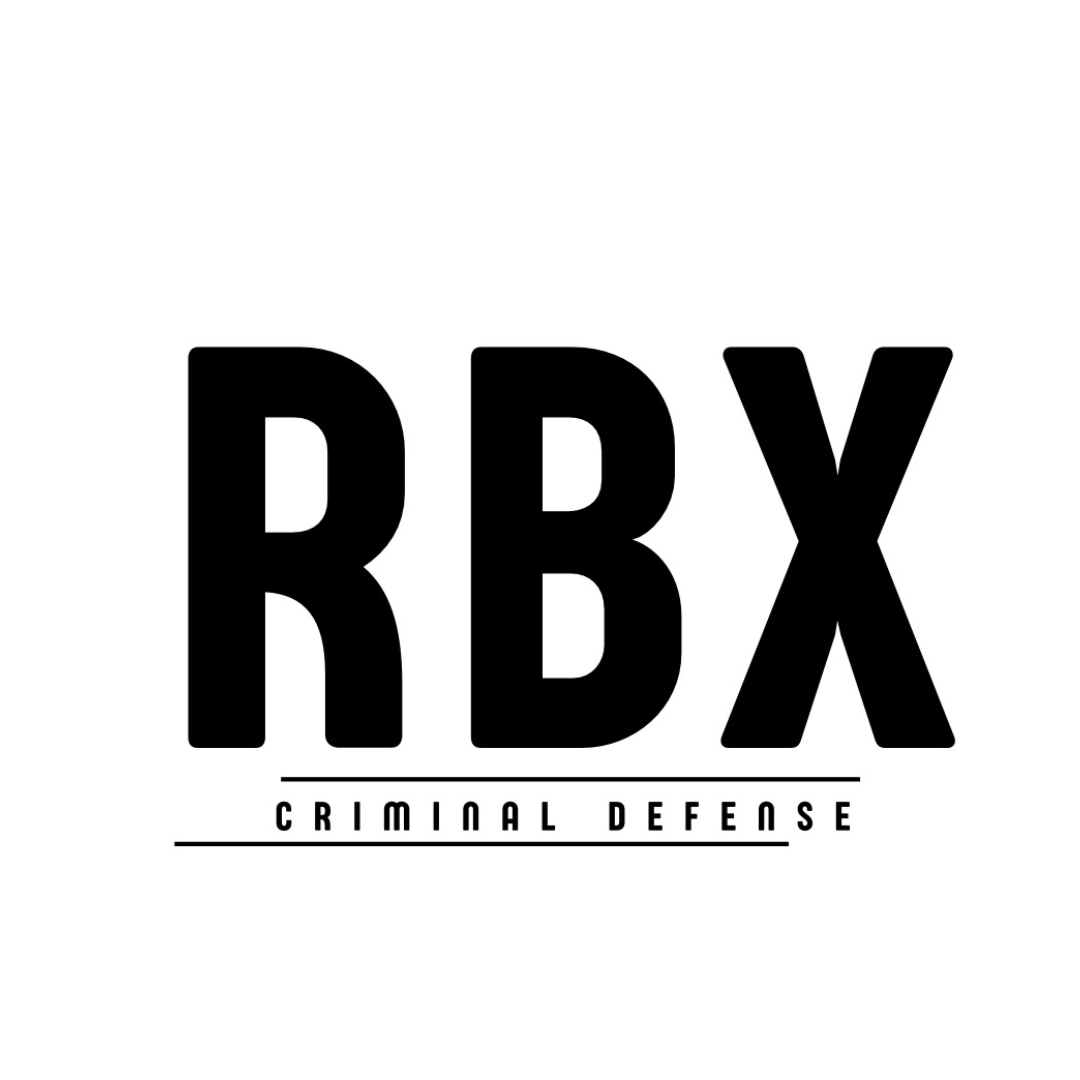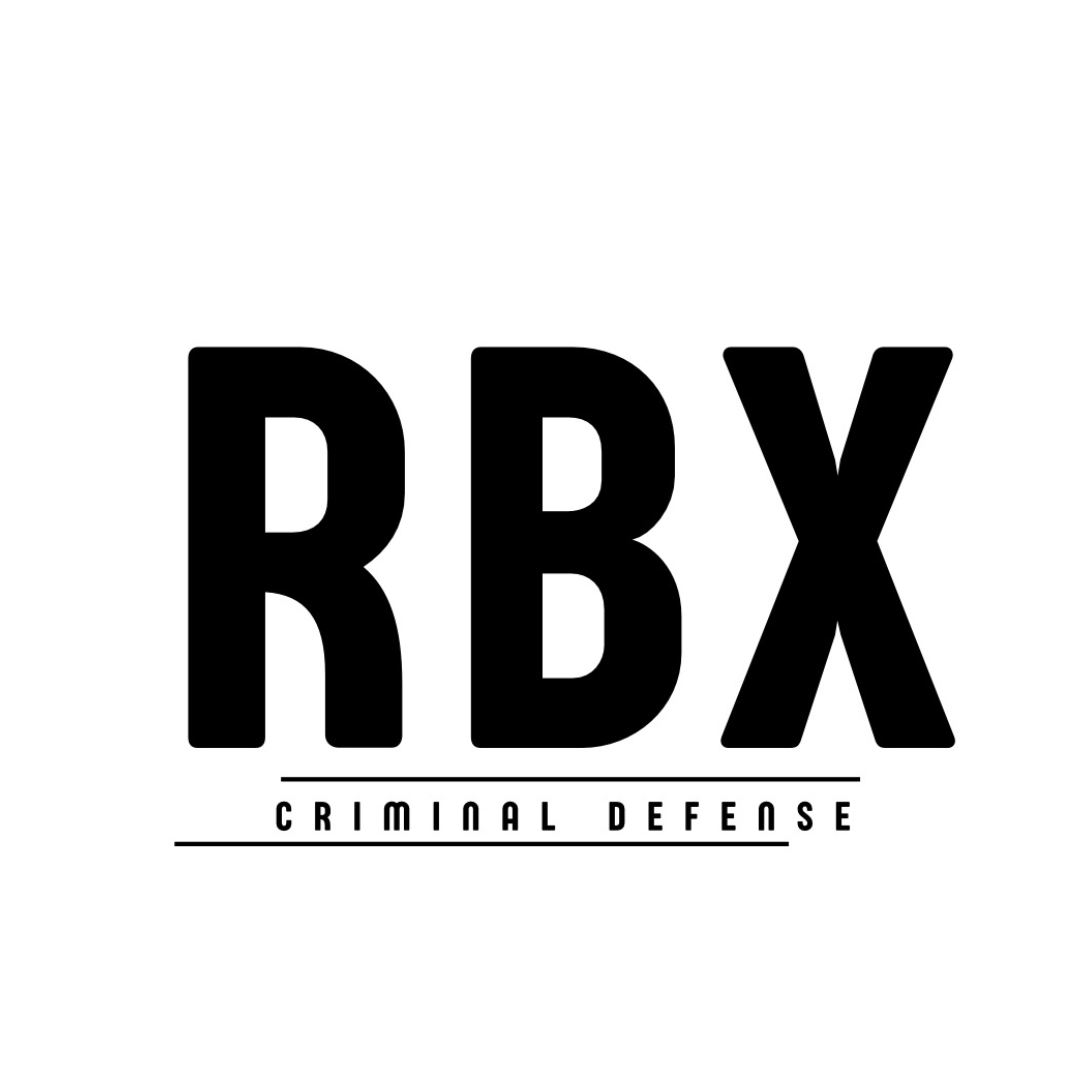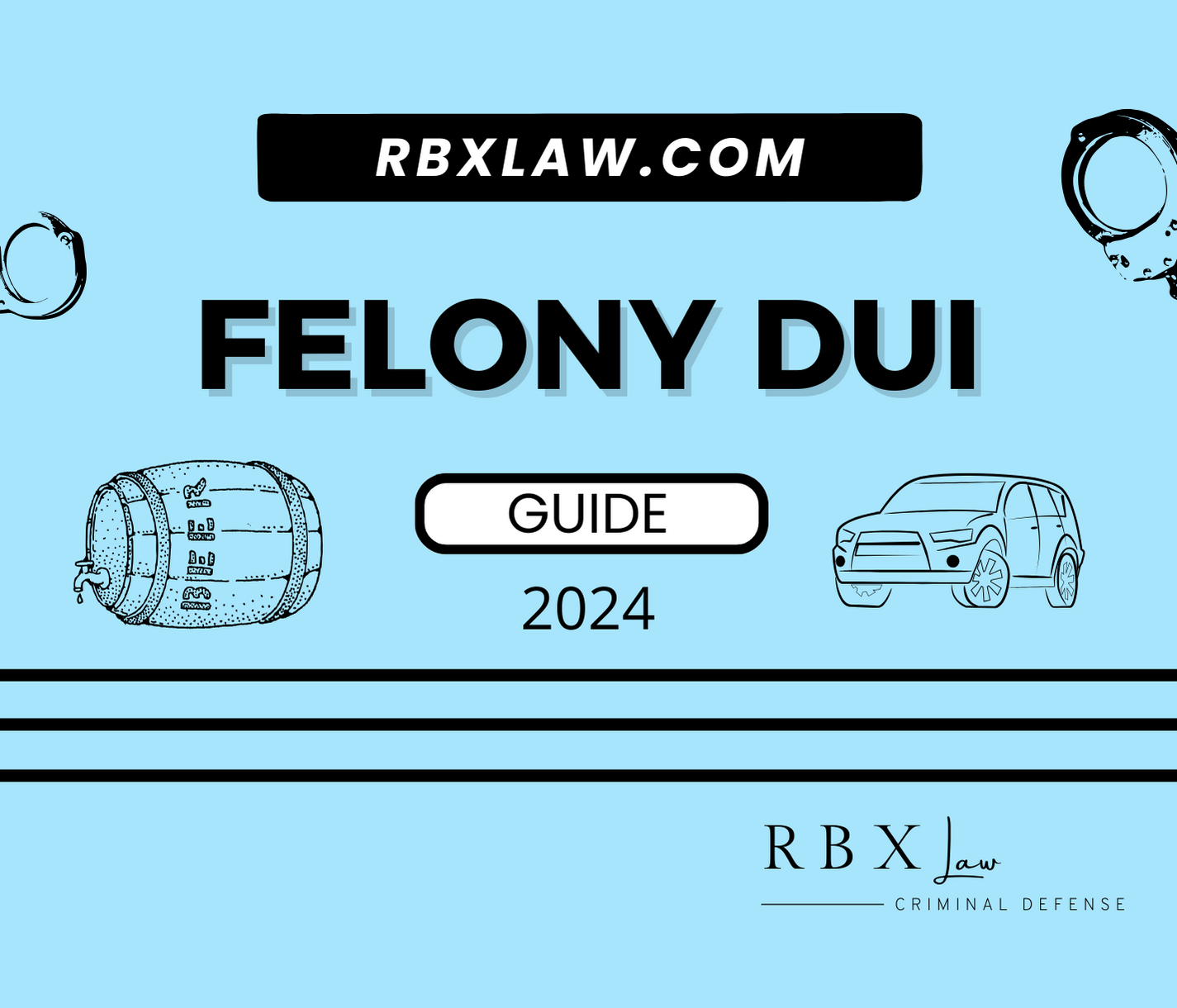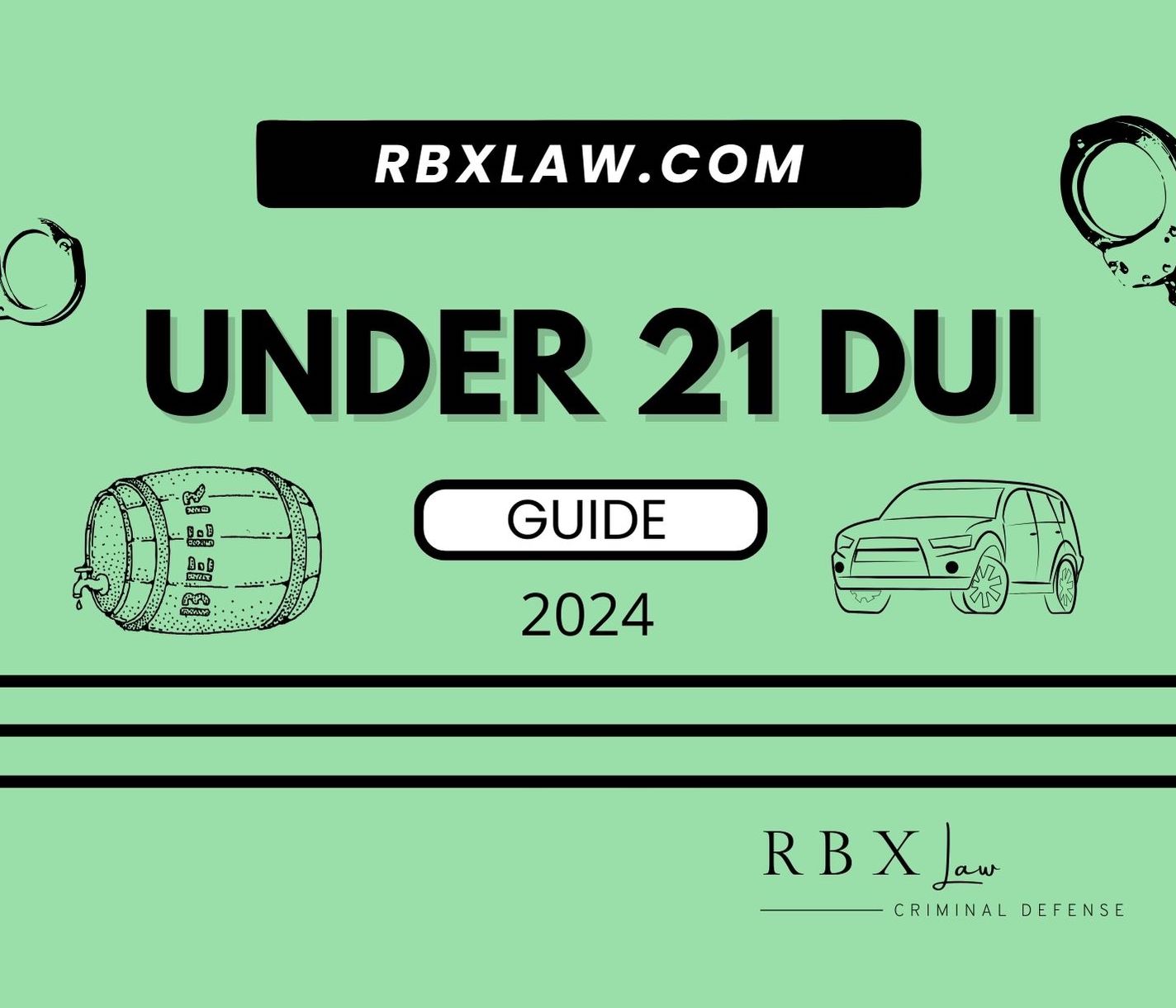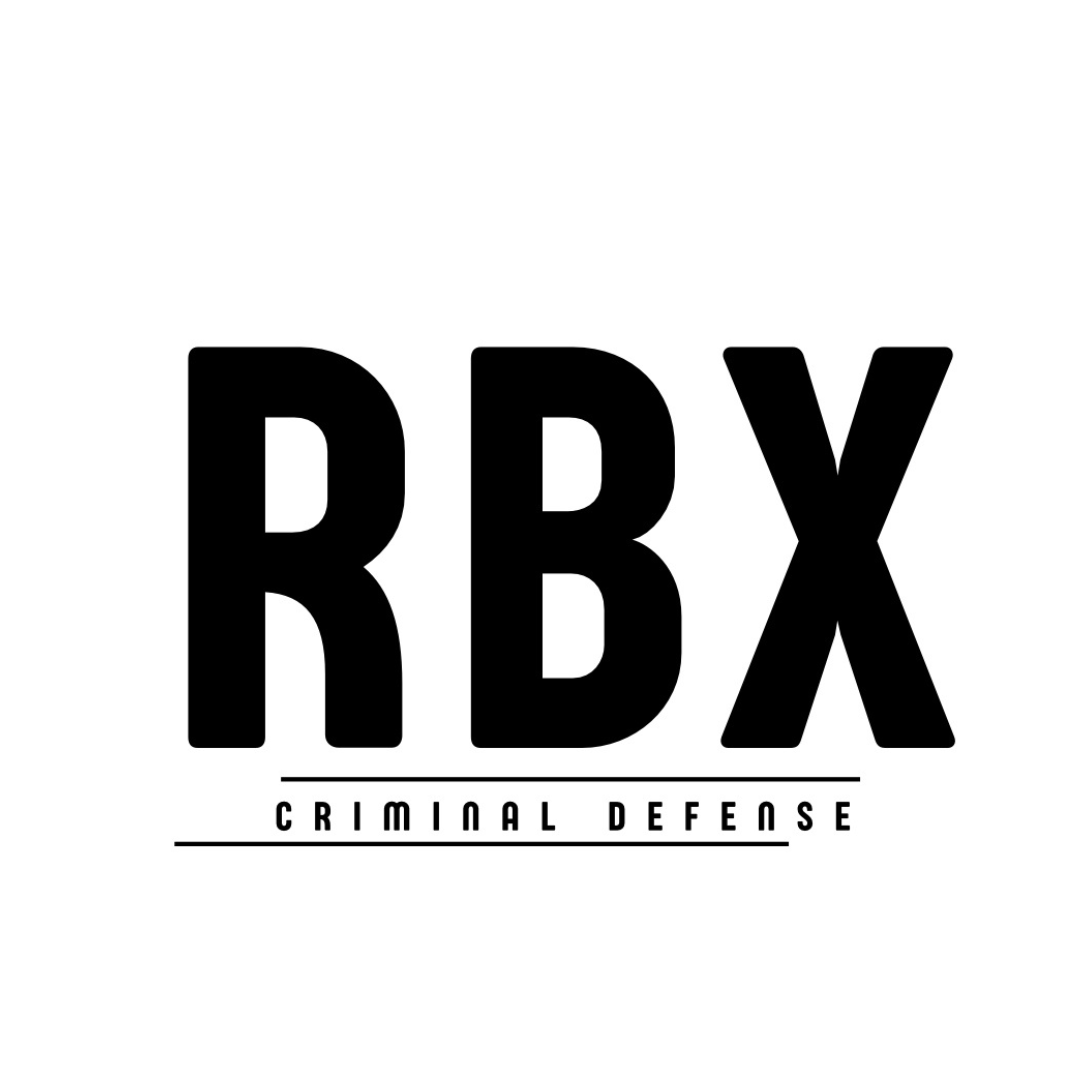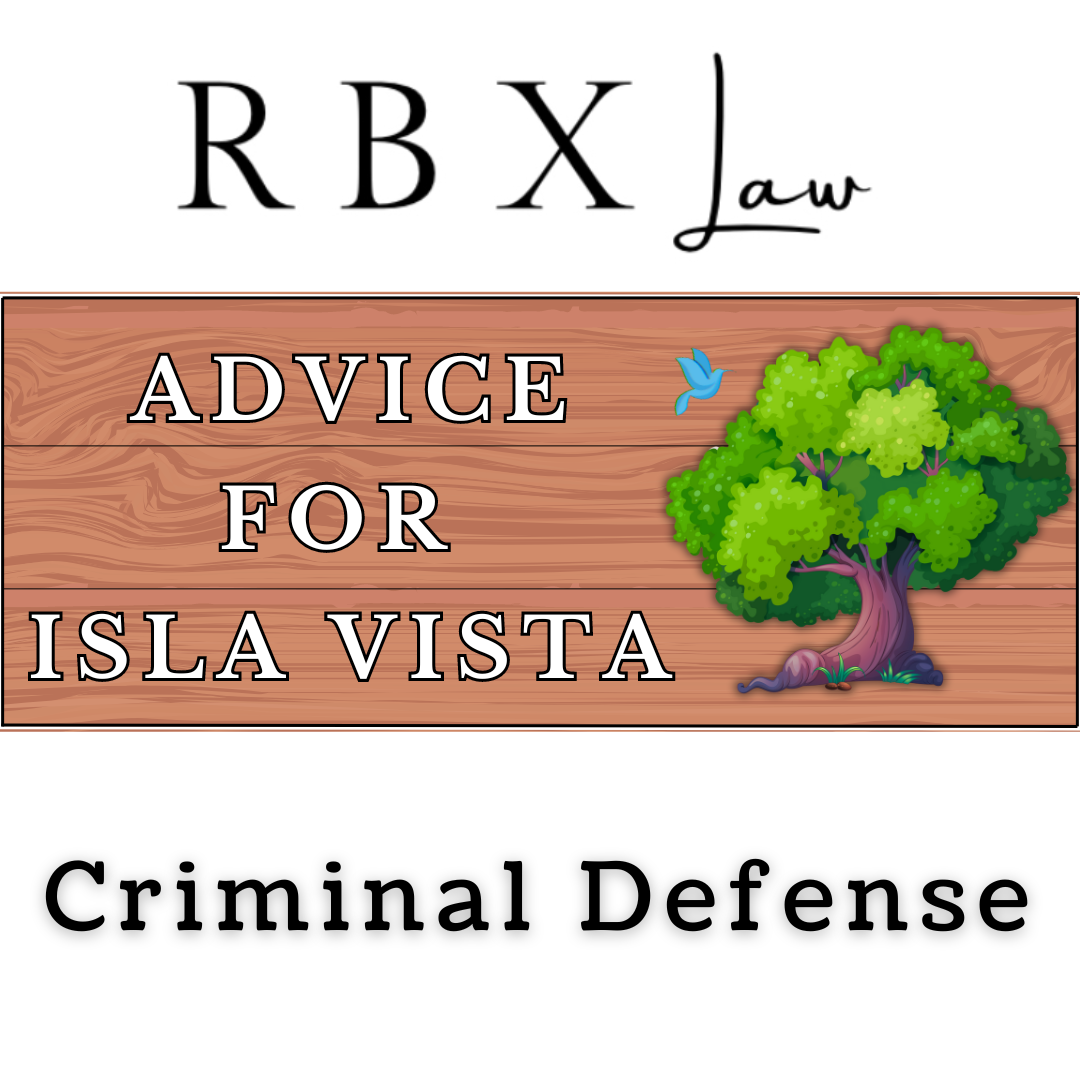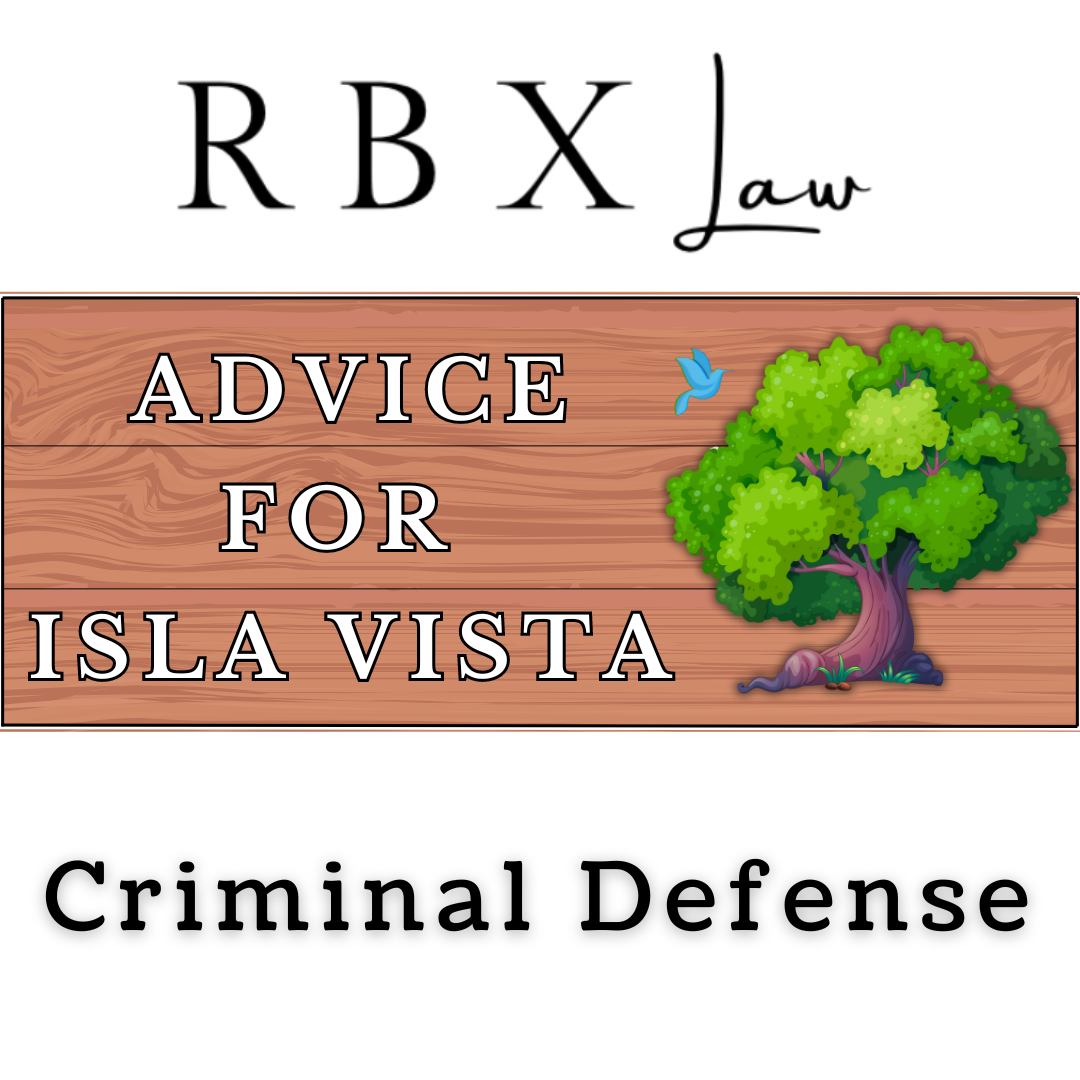This Memorial Day weekend law enforcement will be in out in force. This means more police on the streets, and more DUI enforcement, including DUI checkpoints. You can avoid going to jail on Memorial Day by taking a few precautionary steps…
Avoid suspicious behaviors:
1) Do not drink and drive;
2) Do not openly carry alcohol (use a backpack to transport alcohol in public);
3) Do not get so intoxicated that you cannot take care of yourself. If you do get really intoxicated, make sure you have friends with you who can help;
4) Do not exchange alcohol in front of the liquor store.
If you find yourself in an encounter with law enforcement, know your rights:
1) You don’t have to answer questions. Tell officers: “Respectfully, I have nothing to say.”
2) You do not have to provide identification unless driving. However, it is usually easier to provide identification unless you are underage or have a warrant.
You can:
a) Make a legal u-turn to avoid a DUI checkpoint;
b) If you are stopped, roll down your window just enough to provide your documents;
c) Refuse to do “sobriety tests“;
d) Refuse to do the follow the finger eye test;
e) “Respectfully decline” to do anything an officer requests, including getting out of your car, unless the officer makes clear they are ordering you do comply.
You should:
1) Comply with an officer’s lawful order unless it jeopardizes your safety;
2) Complete a breath test after you are arrested (handcuffed) for DUI (if you fail to do so your license could be suspended for 1 year);
3) If you are under 21, complete a breath test upon order by the officer;
4) Choose breath test if you are concerned about what will show up in your blood (including prescribed drugs);
5) Say hi to law enforcement and tell them to have a good day (unless you are extremely intoxicated).
You should not:
1) Physically fight with law enforcement unless it is self defense;
2) Be rude, aggressive, or belligerent with law enforcement;
3) Run or flee from law enforcement;
4) Reach around in your car before the officer comes to your window.
If you are arrested:
1) The only thing you should say is that you want a lawyer;
2) Do not ask what is going to happen to you;
3) Do not tell your side of the story;
4) If it is your first arrest and the offense does not involve violence, you have a good chance of being released without having to pay bail;
5) Before your court date, consult with a lawyer regarding your case.

